H1-B Visa Application Process for FY2026

The H1-B visa serves as a critical gateway for U.S. employers to recruit skilled foreign professionals in fields including IT, engineering, healthcare, and finance. With increasing demand and updated USCIS guidelines, staying ahead of the process is essential.
How To Prove “Good Moral Character”?

Proving “good moral character” is crucial for many U.S. immigration applications, including naturalization, waivers, and discretionary relief. This guide explains what it means, actions that may disqualify you, and how to demonstrate a clean record. From background checks to letters of recommendation, learn how to build a strong case and prepare for future applications. Consult an experienced immigration attorney for personalized guidance.
TPS Holders Cannot Adjust Status After Travel Abroad Under DHS Authorized Travel Document.
On August 30, 2020, USCIS implemented a policy change for Temporary Protected Status (TPS) holders. Under this policy, TPS holders who travel with an authorized DHS travel document retain their TPS upon re-entering the U.S., but this cannot be used to qualify for adjustment to permanent residency. TPS holders should understand these rules before traveling.
How has Coronavirus affected U.S. immigration?
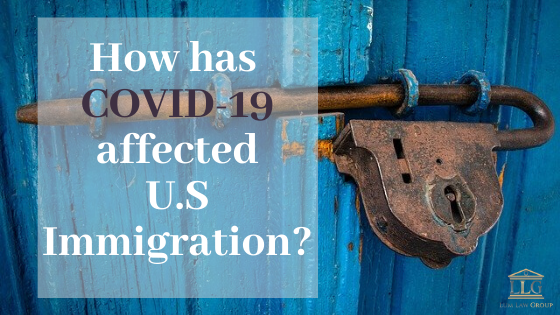
The COVID-19 pandemic has resulted in a halt in our daily lives, and significant (temporary) changes to the U.S. immigration system. In this article, we have compiled coronavirus related immigration changes by category, or circumstance. However, we do not go into specifics as it would depend on your individual situation and would require our attorneys’ […]
Telling your story in your immigration application or petition

Storytelling might not be the first thing that comes to mind when planning your immigrant or non immigrant benefit application or petition, but it is worth considering. The United States Citizenship & Immigration Services (USCIS) forms request a great number of facts while leaving little room for explanation. As such, many self-applicants may believe they […]
4 Common Mistakes On Immigration Applications and Petitions

Immigration clients often come to us with botched cases. Either they tried to do it themselves and failed, or they hired a less-than-reliable paralegal office that mishandled their case. Some mistakes are made even in our care. Here are the four most common immigration application/petition mistakes we hope you’ll avoid. Submitting an incomplete or erroneous […]
3 Changes to the 2019 EB-5 Program You Need to Know

On July 23, 2019, the United States Citizenship and Immigration Services (USCIS) released the long-awaited update to the EB-5 investor program, the new EB-5 investor program modernization rules (“new rules”). The new rules will go into effect beginning November 21, 2019, if Congress extends the program past the current expiration date of September 30, 2019. […]
3 New Changes for H1-B Filers in 2019
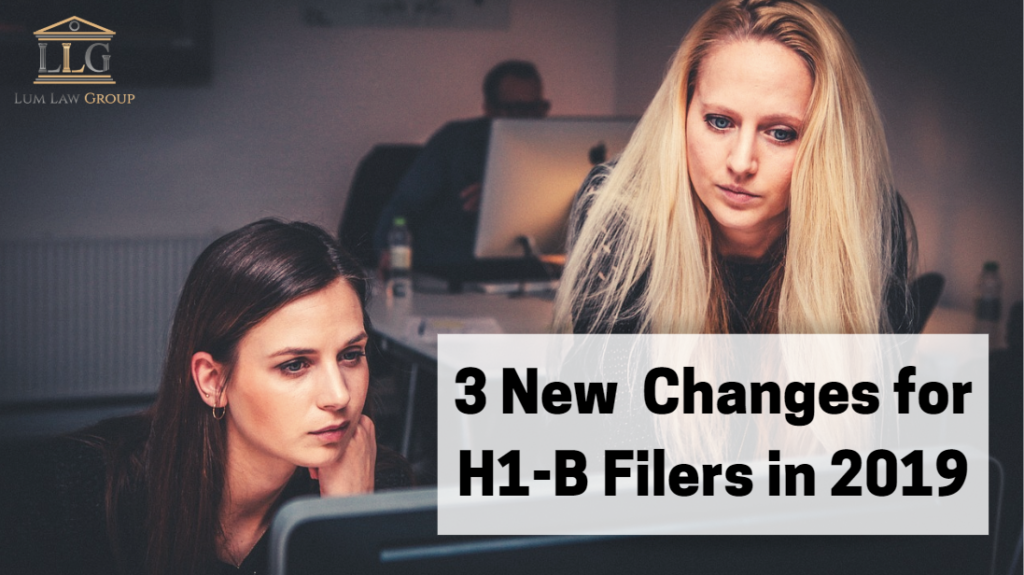
Here at Lum Law Group, we have already begun preparing H1-B petitions on behalf of our clients. If you plan on filing this year, do not wait till mid-March (it might be too late!) Contact our office for answers and assistance on filing your H1-B petition this year! On January 31, 2019, DHS has issued […]
Is Immigration affected by the Partial Government Shutdown?
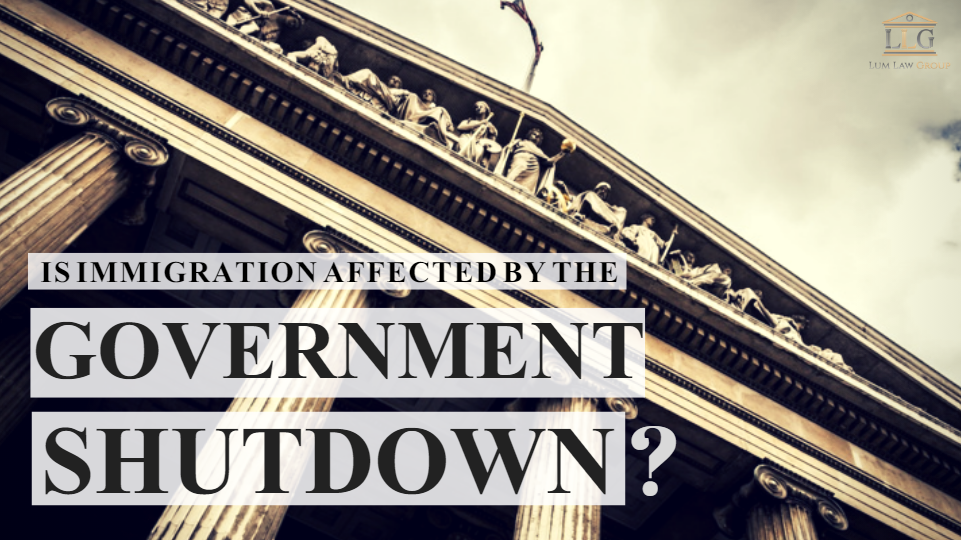
With the recent (partial) government shutdown, many are left wondering what will happen once the holidays are over and everyone is back to business. We know a partial government shutdown affects federal employees, but how does it affect you? To answer your questions, we’ve collected key points from a variety of sources (listed at the […]
How to Handle an Immigration (USCIS) Employment Site Visit

If you’re an employer with employment-based petition(s), such as the Form 129 Petition, for your employees, you might find yourself face-to-face with audit officers from the Fraud Detection and National Security (FDNS) department. FDNS, or a third-party inspector, conducts site visits on behalf of United States Citizenship & Immigration Services (USCIS) to combat L-1 and […]
Does presentation matter when filing with Immigration?
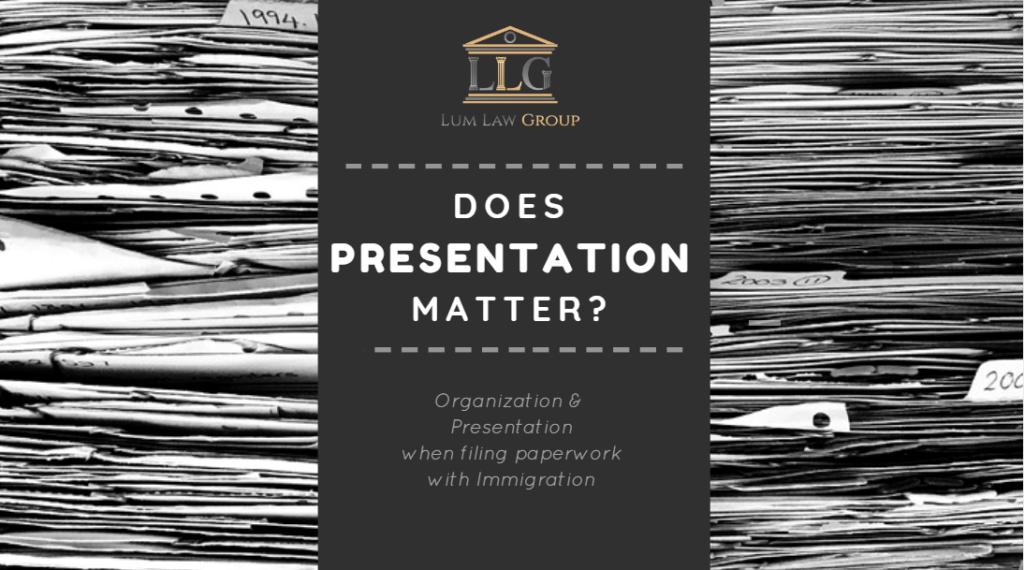
Any time we’re filing documents on behalf of clients with the court system, there are court rules on how documents must be presented and filed. Other government agencies, such as the United States Citizenship and Immigration Services (USCIS), do not have set rules on presentation and organization because they allow applicants to apply without a […]
What Immigration’s New Policy on Requests for Evidence and Notice of Intent to Deny Mean For You
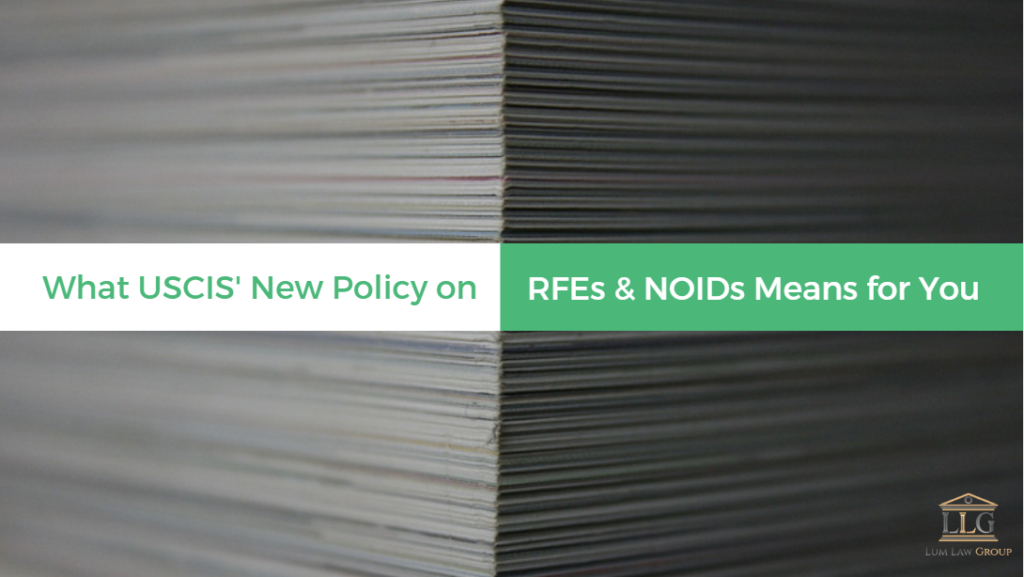
United States Citizenship and Immigration Services (USCIS) recently published a policy update and field guide memo regarding the issuance of Requests for Evidence (RFE) and Notice of Intent to Deny (NOID). The new policy gives adjudicators (aka immigration officers) more power to make discretionary decisions as to whether an immigration application or petition meets the […]
Should I file my USCIS immigration application online?
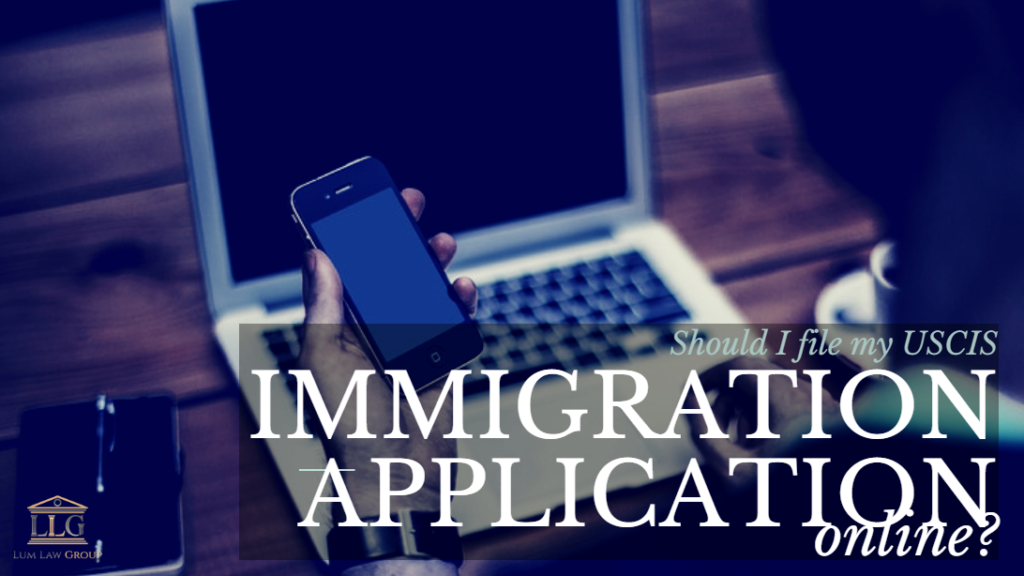
The United States Citizenship and Immigration Services (USCIS) online form processing system is designed for existing lawful permanent residents for quick and easy processing, such as renewing or replacing their green cards, applying for a travel document, or naturalization. As USCIS has begun modernizing their website and systems, even releasing a mobile application, we wondered […]
How to Check your USCIS Case Processing Times
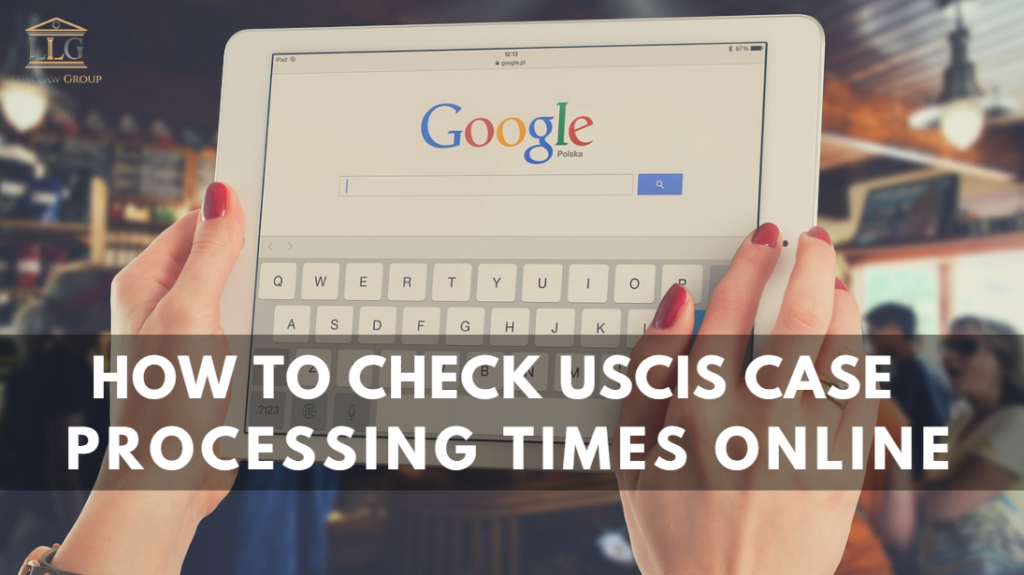
One of the most common questions we receive in the office is “when will my form be processed?” Or when can I expect to be approved? When will I receive ________? While we can give you an estimate based on United States Citizenship and Immigration Services (USCIS) processing times and our experience with other clients, […]
How to check your Immigration case status online

Immigration clients often call in for their immigration case statuses, wondering if an attorney has more insight into their USCIS case processing than they do. The truth is that most of the time when they call us, we check their status online. Back in the day, we would have to make a note of it, […]
Pay your USCIS filing fees with a credit card

United States Citizenship and Immigration Services (USCIS) has announced that it will be accepting credit card payments for certain forms. You can now pay your immigration application filing fees using VISA, MasterCard, American Express, or Discover cards. A credit card can be used to pay for the following applications: EOIR-29 – Notice of Appeal to […]
Support for DACA
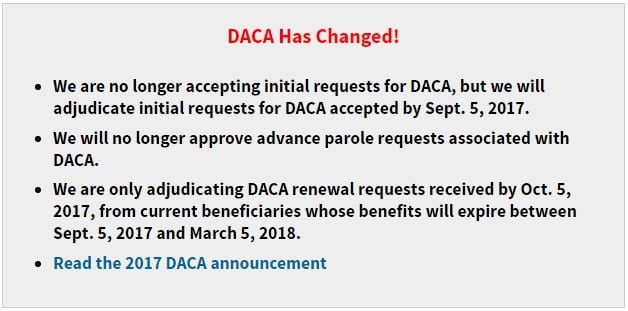
Renew your DACA by Oct 5, 2017 You can renew your DACA if your DACA is expiring between September 5, 2017 and March 5, 2018, but your application must be received before October 5, 2017. If your DACA is expiring after March 5, 2018, it will be valid until its expiration date. You will […]
So I want to apply for a Green Card…

If you were applying for a green card in the past, you could do it yourself. However, today you need competent counsel to help you. Our current government is changeable, as evidenced by the new eighteen-page I-485 Adjustment of Status form–as opposed to the old six-page form. Now, the need for an attorney begins before […]

